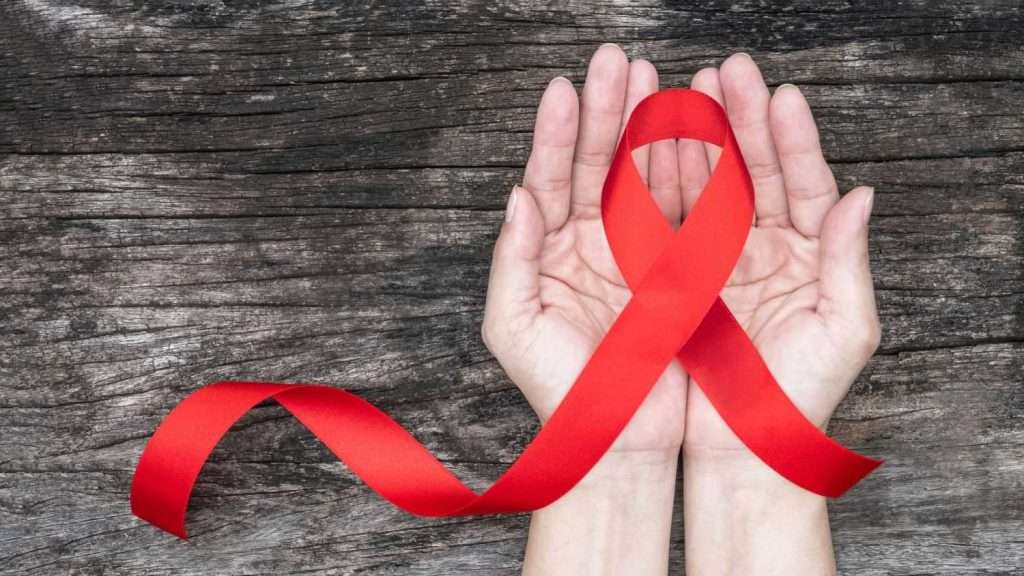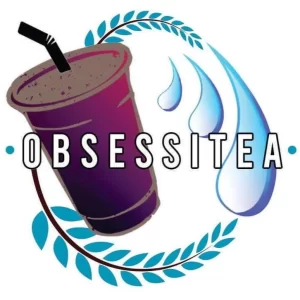Strengthening HIV Philippines Awareness and Education: A Comprehensive Approach to Combating Stigma and Promoting Health
Table of Contents
HIV Philippines
HIV in the Philippines remains a significant public health challenge in our country, where the rate of new infections has been rising in recent years. Despite advances in medical treatment and an increase in public awareness, stigma and misinformation continue to hinder efforts to manage and prevent the spread of the virus. To address these challenges, comprehensive HIV awareness and education initiatives are essential. This article explores the current state of HIV awareness in the Philippines, highlights key educational programs, and underscores the importance of ongoing efforts to combat stigma and promote a healthy, informed society.

The Current HIV Landscape in the Philippines
As of 2024, the HIV Philippines remains a significant public health concern. The country continues to experience one of the fastest-growing HIV epidemics in Asia and the Pacific. Since the first case was reported in 1984, HIV Philippines has seen a dramatic rise infections, particularly in recent years.
The HIV Philippines is epidemic and characterized by a high incidence among key populations, including men who have sex with men (MSM), transgender individuals, and people who inject drugs. These groups face increased vulnerability due to factors like stigma, discrimination, and barriers to healthcare access.
The Department of Health (DOH) and various NGOs have intensified efforts to address the epidemic through awareness campaigns, free HIV testing, and the expansion of antiretroviral therapy (ART). However, challenges remain, such as inadequate testing coverage, limited healthcare infrastructure, and a persistent stigma that deters people from seeking help.
Despite these efforts, new HIV cases continue to rise. HIV Philippines shows has the highest rates of new HIV infections in the region. The government has introduced several initiatives to combat this issue, including the implementation of the HIV Philippine National and AIDS Strategic Plan, which focuses on prevention, treatment, care, and support.
Community-based organizations play a crucial role in providing outreach, education, and support services. They work to reduce stigma, promote safer sex practices, and ensure that individuals at risk have access to preventive measures like pre-exposure prophylaxis (PrEP).
Addressing the HIV Philippines requires a multifaceted approach, combining government efforts, community engagement, and international support to improve healthcare access and reduce new infections.
Key Initiatives in HIV Philippines Awareness and Education
HIV Philippines awareness and education play a crucial role in combating the epidemic and improving public health outcomes. These initiatives often focus on increasing knowledge, reducing stigma, and promoting prevention strategies.
1. DOH Campaigns and Initiatives
The Department of Health has been at the forefront of HIV awareness efforts. The DOH regularly conducts public health campaigns, utilizing media platforms to disseminate accurate information about HIV transmission, prevention, and treatment. These campaigns often focus on encouraging people to get tested and know their status, which is a crucial step in preventing further spread of the virus.
One notable initiative is the “Know Your Status” campaign, which promotes free and confidential HIV testing services across the country. By partnering with local health units and non-governmental organizations (NGOs), the DOH aims to make testing more accessible, particularly in high-risk communities. The campaign also includes educational materials that dispel myths about HIV and emphasize the importance of early detection and treatment.
2. NGO-Led Education Programs
Numerous NGOs in the Philippines are dedicated to HIV awareness and education. Organizations such as the Positive Action Foundation Philippines Inc. (PAFPI) and LoveYourself Inc. play a vital role in providing comprehensive education and support services.
LoveYourself Inc., for example, offers a range of services, including HIV testing, counseling, and community outreach. Their “Safe Spaces” campaign creates supportive environments where individuals can access information and services without fear of judgment. The organization also conducts educational workshops and seminars to empower communities with knowledge about HIV prevention and safe practices.
3. Peer Education and Community Involvement
Peer education is another effective strategy in HIV awareness efforts. This approach involves training individuals from at-risk populations to educate their peers about HIV prevention, testing, and treatment. Peer educators can effectively communicate with their communities, breaking down barriers of mistrust and misinformation.
Community-based organizations often collaborate with local government units to implement peer education programs. These initiatives not only provide accurate information but also help reduce the stigma associated with HIV by normalizing discussions around sexual health and safe practices.
Stigma and Discrimination
Stigma and discrimination surrounding HIV significantly hinder effective prevention, treatment, and care. Stigma involves negative attitudes and beliefs towards people living with HIV, often fueled by misconceptions and fear. Discrimination refers to the unfair treatment of individuals based on their HIV status.
This stigma and discrimination can manifest in various ways, such as social ostracism, denial of employment, and exclusion from social activities. It can also impact access to healthcare, where individuals might avoid seeking testing or treatment due to fear of being judged or treated poorly.
The consequences are profound: individuals may experience mental health issues like depression and anxiety, and the fear of stigma can lead to delays in seeking care, contributing to the spread of the virus. Additionally, stigma can perpetuate a cycle of silence and misinformation, further complicating public health efforts.
Addressing stigma involves comprehensive education to dispel myths about HIV transmission and improve understanding of the condition. Promoting empathy, integrating HIV education into broader health initiatives, and supporting advocacy groups are essential for creating a more accepting and supportive environment for those affected by HIV.
The Role of Healthcare Providers
Healthcare providers are on the frontline of HIV prevention and treatment. It is crucial for medical professionals to be well-informed and sensitive to the needs of PLHIV. Training programs for healthcare workers often include components on cultural competence, confidentiality, and the provision of non-discriminatory care.
In addition to medical treatment, healthcare providers play a key role in counseling and support. They can help patients navigate the complexities of living with HIV, including treatment adherence, coping with stigma, and maintaining mental and emotional well-being.
Future Directions and Challenges
While significant progress has been made in HIV awareness and education in the Philippines, challenges remain. Continuous efforts are needed to address the evolving nature of the epidemic, including the emergence of new transmission patterns and the need for updated prevention strategies.
Innovations in HIV prevention, such as pre-exposure prophylaxis (PrEP) and post-exposure prophylaxis (PEP), offer promising avenues for reducing new infections. However, increasing awareness and accessibility to these preventive measures remains a challenge, particularly in remote and underserved areas.
Moreover, the COVID-19 pandemic has disrupted many public health initiatives, including HIV services. The redirection of resources and attention towards COVID-19 has strained the capacity of healthcare systems and affected the delivery of HIV-related services. It is crucial to integrate HIV services with COVID-19 responses to ensure continuity of care and support for PLHIV.
Conclusion
HIV Philippine awareness and education are critical components in the fight against the HIV/AIDS epidemic in the Philippines. Through the efforts of government agencies, NGOs, community organizations, and healthcare providers, progress is being made in increasing public understanding, reducing stigma, and promoting safer behaviors.
As the country continues to navigate the challenges posed by the epidemic, it is essential to maintain a comprehensive and inclusive approach. This includes expanding access to testing and treatment, enhancing public education efforts, and ensuring that all individuals, regardless of their background or status, have the support and resources they need to lead healthy, fulfilling lives.
By fostering a culture of empathy, respect, and knowledge, the HIV Philippines can continue to make strides in combating HIV and supporting the well-being of all its citizens. The journey toward a future free of HIV-related stigma and discrimination requires collective action, sustained commitment, and a compassionate understanding of the realities faced by those affected by the virus.
If you like this post, you may also read and explore :
https://chikaminute.com/mangrove-forest/
https://chikaminute.com/civet-coffee/
You may also read : https://www.hiv.gov/hiv-basics/overview/about-hiv-and-aids/what-are-hiv-and-aids





